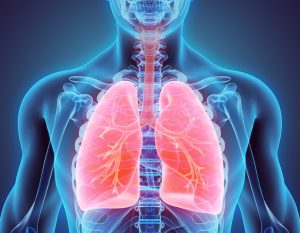AI Screening by Breath Analysis
Breath analysis has been around for decades, but it’s only recently that scientists have begun to harness its power as a tool for diagnosing and monitoring diseases. Early breath analysis research focused on detecting specific metabolites in the breath, but more recent studies have shown that the volatile organic compounds (VOCs) present in a person’s
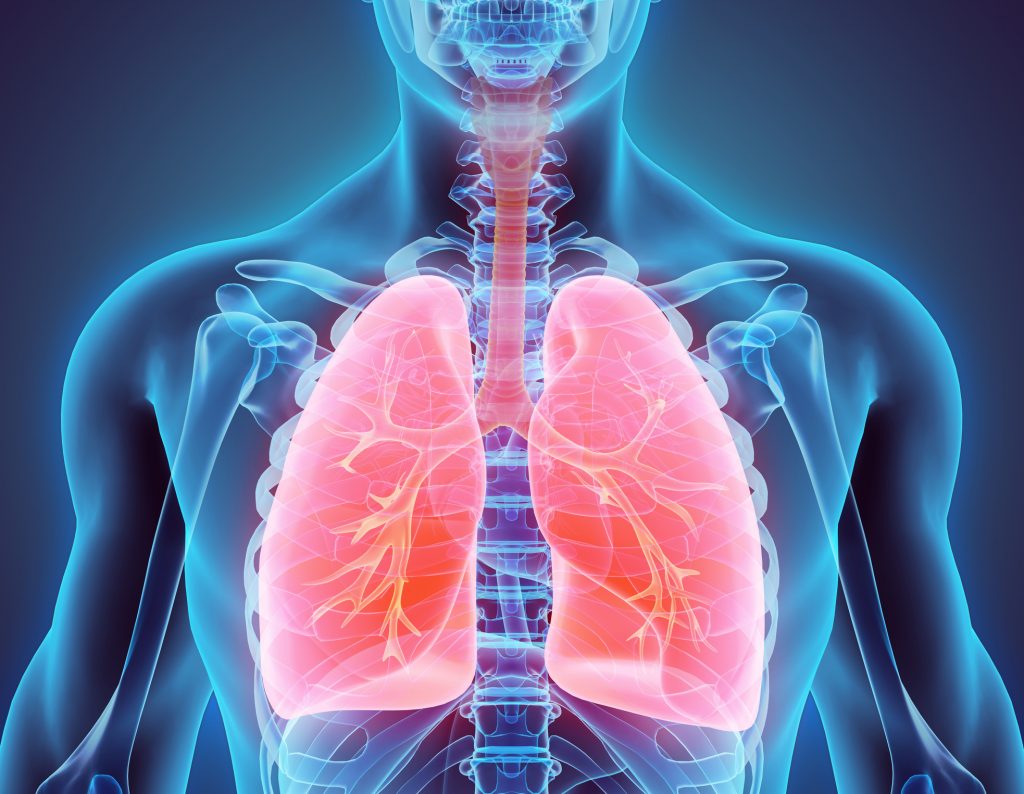
Breath analysis has been around for decades, but it’s only recently that scientists have begun to harness its power as a tool for diagnosing and monitoring diseases. Early breath analysis research focused on detecting specific metabolites in the breath, but more recent studies have shown that the volatile organic compounds (VOCs) present in a person’s breath can be used to detect various diseases.
Several different technologies are being developed to exploit this potential, but one of the most promising is AI screening by breath analysis. One study published in the journal Nature Medicine used AI to screen for 17 different types of diseases with an accuracy of 86%. The study authors noted that the AI system could detect cancer with “high specificity and sensitivity,” meaning that it correctly identified cancer cases the vast majority of the time.

What is AI screening by breath analysis?
AI screening by breath analysis is a relatively new technology that holds great promise for the future of healthcare. As the name suggests, AI screening by breath analysis uses artificial intelligence (AI) to screen for diseases by analyzing the volatile organic compounds (VOCs) present in a person’s breath.
Studies have shown that VOCs can be used to detect various diseases, including lung cancer. In one study, VOCs were able to detect lung cancer with a 90% accuracy rate. VOCs can also be used to detect diseases, such as:
- Cancer: VOCs can be used to detect various types of cancer, including lung cancer, ovarian cancer, and prostate cancer;
- Diabetes: VOCs can be used to detect diabetes by measuring the level of acetone in a person’s breath;
- Heart disease: VOCs can be used to detect heart disease by measuring the level of isoprene in a person’s breath;
- Asthma: VOCs can be used to detect asthma by measuring the level of nitric oxide in a person’s breath.
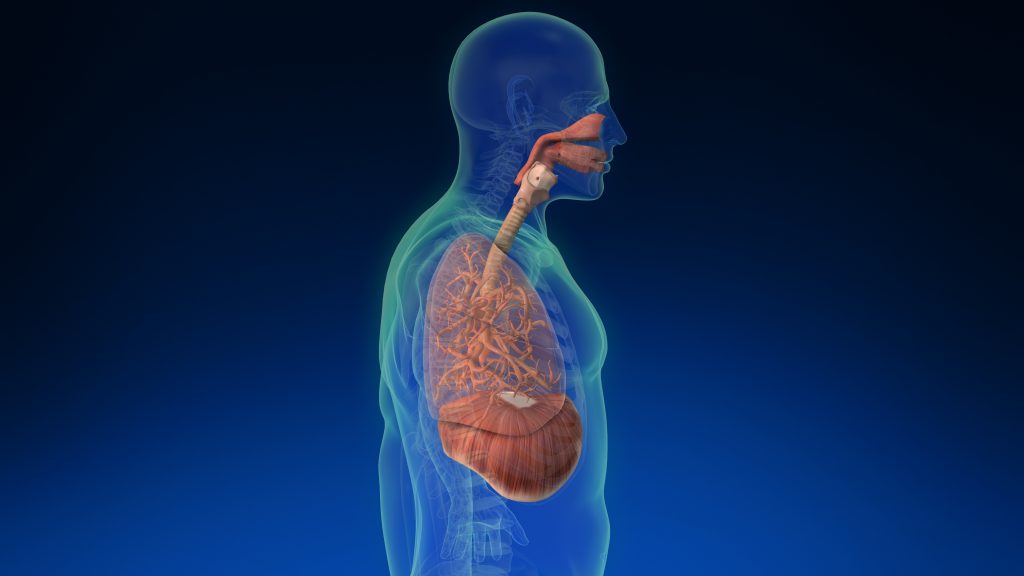
One of the major advantages of AI screening by breath analysis is that it is non-invasive. This means it does not involve invasive procedures, such as taking blood samples or using radiation. Additionally, breath analysis is relatively inexpensive and easy to perform. Unlike other diagnostic techniques, such as biopsies, AI screening by breath analysis does not require invasiveness or discomfort for the patient.
Another advantage of AI screening by breath analysis is that it can be used to screen for a wide range of diseases using the so-called electronic nose breath tests. In addition to cancer, AI screening by breath analysis has also been used to detect other diseases, such as bacterial infections, chronic obstructive pulmonary disease (COPD), and cardiovascular disease.
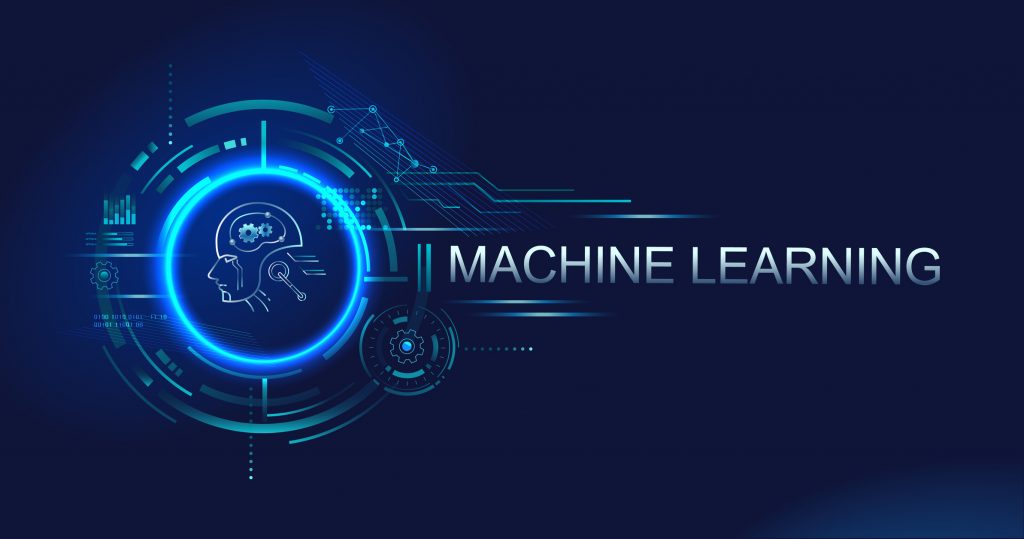
Every breath you take…can tell you something about your health
The potential applications of AI screening of breath analysis are vast. The ability to accurately detect diseases through breath analysis could significantly impact healthcare, both in terms of diagnostics and patient monitoring.
Not only could it be used for diagnosing diseases, but it could also be used for monitoring patients’ health and progress over time. This would allow doctors to better understand how a patient is doing and make better-informed decisions about their treatment.
There is a growing body of research on the use of breath analysis for the detection of pulmonary diseases. Several studies have shown that breath analysis can be used to detect a variety of pulmonary diseases, including COPD, asthma, and pneumonia.
One study published in the journal PLOS One used a breath test to detect COPD with an accuracy of 87%. The test is done by having the person blow into a device that measures the amount of carbon monoxide in their breath. The higher the levels of carbon monoxide, the more severe the COPD. The test is non-invasive and only takes a few minutes to complete. The study authors noted that the breath test had a “sensitivity of 100% and specificity of 83.3%.”
In a recent study, researchers used artificial intelligence (AI) to screen for Parkinson’s disease (PD) using breath analysis. The AI system was trained on data collected from patients with PD and patients without PD. The system was able to correctly identify patients with PD 89% of the time. The authors of the study say that this accuracy rate is high enough to use breath analysis as a screening tool for PD.
One of the benefits of using breath analysis as a screening tool for PD is that it is non-invasive and easy to use. In addition, breath analysis has the potential to detect PD at an early stage, when the disease is still reversible. More research is needed to determine whether breath analysis can be used as a screening tool for PD in clinical practice. However, the results of this study suggest that breath analysis may be a promising tool for early diagnosis of PD.
The study, “Use of exhaled nitric oxide for the diagnosis of asthma in adults,” published in the journal Chest, used a breath test to detect asthma with an accuracy of 92%. The study authors looked at the use of exhaled nitric oxide (eNO) as a means of diagnosing asthma in adults. The results of the study showed that eNO was a “reliable marker for the diagnosis of asthma” in adults and noted that the breath test had a “sensitivity of 97.5% and specificity of 88.9%.”
The current state of research on breath analysis for pulmonary diseases suggests that this is a promising area for future research. Breath analysis has already been shown to be effective for the detection of a variety of pulmonary diseases, and more research is needed to explore its potential applications.
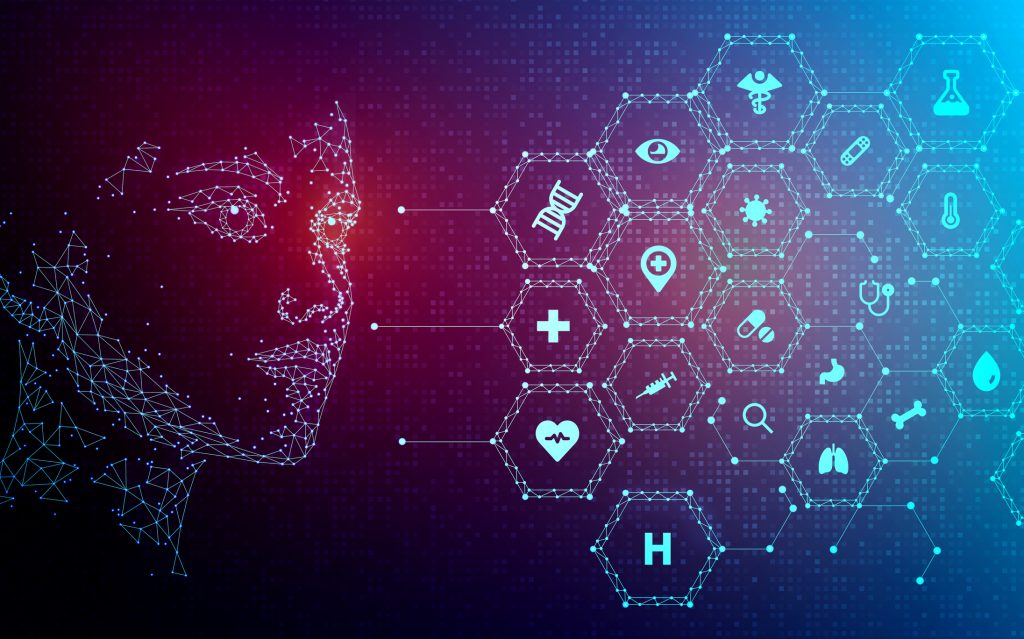
The potential of AI screening using breath analysis
Breath analysis has the potential to revolutionize healthcare, and it is likely that we will see more and more applications of this technology in the years to come.
One study published in Radiology used AI to screen for lung cancer. The study, “Detection of lung cancer in small pulmonary nodules with deep learning,” looked at the use of deep learning to detect lung cancer in small pulmonary nodules. The results of the study showed that deep learning was able to detect lung cancer with an accuracy of 87%.
In another study published in Nature Biomedical Engineering, AI was used to screen for 19 different types of cancer. The study, “A deep learning platform for simultaneous detection of 19 cancer types from histopathology images,” analyzed the use of deep learning to detect cancer from histopathology images. The results of the study showed that deep learning was able to detect cancer with an accuracy of 95%. The study authors noted that the AI system was able to correctly identify cancer in 95% of all cases, including early-stage cancers that may not have been detected by other means.
One study published in the journal “BMC Gastroenterology” in 2016 found that electronic nose breath tests were effective for detecting Helicobacter pylori, a bacterium that can cause stomach ulcers. The study involved over 200 patients who were tested for the presence of Helicobacter pylori using both electronic nose breath tests and conventional methods. The results of the study showed that the electronic nose breath tests were just as accurate as the traditional methods for detecting Helicobacter pylori.
Breath analysis has the potential to be used for diagnosing COVID-19, a virus that, unfortunately, is here to stay. The FDA recently authorized the use of the InspectIR COVID-19 Breathalyzer to detect the presence of the COVID-19 virus. This new device is based on breath analysis, and it has been shown to be very accurate in detecting the virus.
A study in the Journal of Clinical Virology showed that the InspectIR COVID-19 Breathalyzer was able to detect the presence of the virus in 95% of cases. The study also showed that the device could correctly identify patients who were infected with the virus and those who were not infected.
Another study published in the journal PLOS One showed that the InspectIR COVID-19 Breathalyzer was able to correctly identify patients who were infected with the virus 97% of the time. These studies demonstrate that the InspectIR COVID-19 Breathalyzer is a very accurate device for detecting the presence of the COVID-19 virus.
Though more research is needed, early signs show that breath analysis may be a helpful way to diagnose COVID-19 in the future. Breath analysis has already been shown to be effective for the detection of COVID-19, and more research is needed to explore its potential applications.

Final thoughts
In short, these studies suggest that AI screenings of breath have great potential to improve healthcare as we know it. Science has found many different applications for AI screening of breath analysis, and it is likely that we will see more and more uses for this technology in the years to come.
There are already several different types of breath analysis technologies currently available. One type uses a device called a mass spectrometer to measure the levels of certain VOCs in our breath. Another type uses a device called a sensor array to detect the presence of certain biomarkers, which are proteins that are associated with specific diseases or conditions.
There is still some way to go before this technology is ready for widespread use, but the potential is clear. With further research and development, AI screening technologies based on breath analysis could become an essential tool in the fight against the disease. In the future, AI screening by breath analysis could be used to screen for a wide range of diseases, including cancer, respiratory infections, and heart disease. The technology could also be used to monitor patients for disease progression or drug efficacy.



